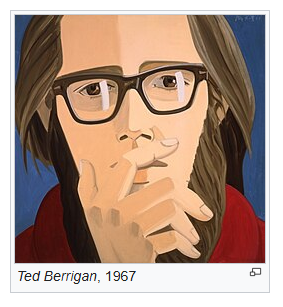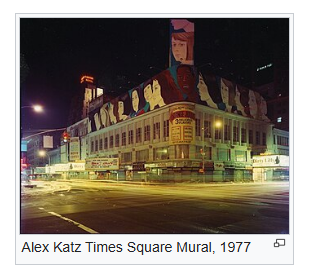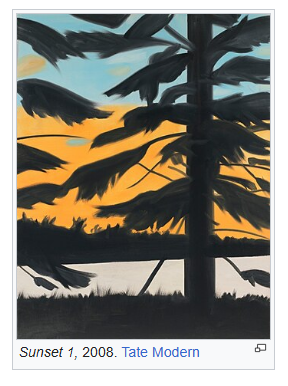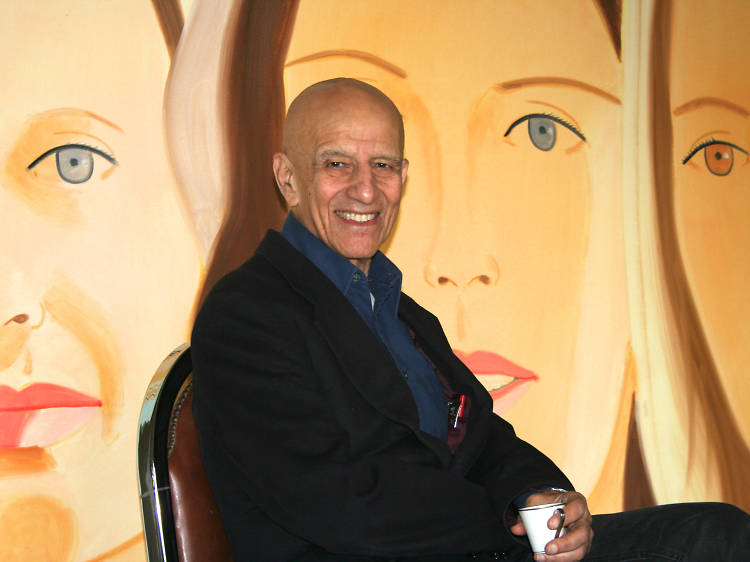The 20th century witnessed a seismic shift in the landscape of art, driven by a generation of artists who dared to break free from the constraints of tradition and forge new paths. Among these revolutionaries, two names stand out: Pablo Picasso and Jackson Pollock. While separated by time and geography, both artists played pivotal roles in shaping the course of modern art, leaving an indelible mark on the artistic landscape.
By Maria Miller

Image Source: Lococo
In the dazzling, often dizzying world of contemporary art auctions, headlines are dominated by astronomical figures and feverish bidding wars. Yet, for every record-shattering sale, there are artists whose immense cultural value seems strangely disconnected from their market price. Perhaps no case is more telling than that of Alex Katz, the American painter whose cool, elegant canvases have defined a unique corner of art history for over seven decades.
For years, a paradox has surrounded Katz. Compared to other blue-chip artists who emerged around a similar era, the prices for his serene, unpretentious paintings have been notoriously low. This discrepancy becomes glaringly obvious when held against his contemporary, David Hockney. The English artist, whose works have long drawn comparisons to those by Katz for their shared interest in portraiture and a clean, graphic sensibility, has been the subject of a ravenous market response.
The moment that crystallized this difference came in November 2018. Hockney’s iconic 1972 painting, Portrait of an Artist (Pool with Two Figures), went under the hammer at a Christie’s sale in New York. The art world watched, breathless, as the bids climbed. The final price was a staggering US$90 million, making it, at the time, the most expensive work by a living artist ever sold at auction. The news was a global phenomenon, cementing Hockney’s status not just as an artistic titan, but as a market king.
Meanwhile, Alex Katz, now in his 90s and still painting with unwavering dedication, has only recently begun to see his auction prices cross the million-dollar mark—a fraction of Hockney’s record. This disparity forces a crucial question: why the gap? The answer reveals how the mechanics of the art market can often run counter to the intrinsic value of art itself.

Image Source: Lococo
The art market is not always a rational beast. It thrives on narrative, scarcity, and speculation as much as it does on aesthetic merit. Hockney's work, with its sun-drenched Californian vibrancy and pop-inflected charm, captured a powerful zeitgeist. His major stylistic shifts, from the "pool paintings" to his photo-collages and recent iPad drawings, create distinct, collectible "periods" that auction houses can market effectively.
Katz’s career, in contrast, is one of quiet, masterful consistency. For decades, he has honed a singular vision: reducing figures and landscapes to their essential forms with flat planes of bold color and an air of detached elegance. His subjects are often intimate—his wife and muse, Ada, friends from New York’s poetry and art scenes, the fleeting light on a Maine landscape. His style is instantly recognizable, influential, and deeply American. Yet, this very consistency, this refusal to engage in dramatic stylistic reinvention, has perhaps made him less conducive to the market's hunger for novelty.
Furthermore, Katz has been remarkably prolific. By producing a large body of work, including paintings, prints, and his signature "cutouts," he has made his art widely accessible. While this is a gift to art lovers, the basic economic principle of supply and demand means that a greater supply can temper the explosive price growth seen with artists whose output is more limited.
Herein lies the friction. The market often rewards drama, scarcity, and easily packaged narratives over the quiet, sustained brilliance that defines Katz’s career. His work doesn't scream with the existential angst of a Francis Bacon or the rebellious energy of a Basquiat; it communicates in a cooler, more sophisticated register. It is this very unpretentiousness, the serene confidence of his style, that seems to be at odds with the high-octane drama of the auction block.
While the market is finally beginning to catch up—with a major Guggenheim retrospective and rising auction results signaling a long-overdue correction—the "Katz conundrum" remains a powerful lesson. It demonstrates that a hammer price is not the ultimate measure of an artist’s worth. The true value of Alex Katz’s art lies on the canvas itself: in its enduring influence, its timeless cool, and its profound ability to capture the quiet, fleeting beauty of a moment. In a market chasing the next big thing, his work stands as a testament to the power of staying true to a singular, brilliant vision.


